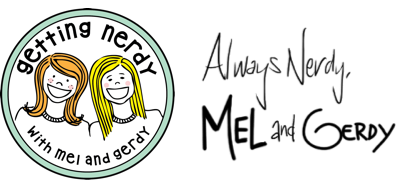There have been SO many requests for us to detail out our year-long agenda – what order we teach lessons, how long a unit takes to teach, how much content is delivered, etc. These are all great questions, and we are so happy to be able to share with you our scope and sequence – how we like to teach life science. After introductions, syllabi and getting familiar with classroom expectations and procedures, it’s time for the meat of your lessons. We come from the old school theory of thought – that all of science builds upon the prior layer and so on and so forth – so when we were in the classroom, we always started with the principles of science.
We know many classrooms are moving away from teaching the scientific method and more toward the idea that it should be sprinkled in each unit as the scientific inquiry part of each of your lessons – we do that too. However, we ALWAYS revisited the scientific method at the beginning of the year, mainly because students often forget about the nature and method of science and how important it is to always question, observe and experiment throughout their explorations. Once students are familiar with the nature of science, lab procedures, tools and safety, you can begin to move into the bulk of your life science curriculum – cells, genetics, evolution, classification, human body systems and ecology. Here’s our rationale for what we teach and the order in which we teach it.
Cells are the smallest working units of living things, so it makes sense to start there. All cells exhibit certain characteristics which constitute their “being alive” – the most important of those characteristics being that they contain the genetic material, DNA. DNA provides the instructions for everything that cells do – from daily functions to protein construction, cellular transport, and reproduction. As cells divide, they make copies of their DNA and pass those characteristics on to their offspring. Sometimes those copies are perfect replicas, sometimes they are a little mixed up… which leads us to genetics and how traits are acquired. Those traits, whether clones or mutations, result in physical and behavioral characteristics that determine how an organism interacts in the world – if it lives, if it dies, if it finds a home, meets a mate, reproduces and passes on those characteristics to it’s own offspring – essentially determining whether or not their lineage, their DNA is carried on.
When mutations result in adaptations that are beneficial to survival, new species can thrive and increase in numbers. Natural selection is the mechanism that drives the change in species over time – in other words, it drives evolution. As adaptations are chosen to survive through natural selection, the more diversity we see in the world. As humans, we have a strong desire to organize and make sense of the world around us, which is why we developed a system of classifying the living things around us. Through classification, we show how organisms are related, how they have changed over time, and have created a universal system of naming that is accepted throughout the global scientific community. As animals, we humans are some of the most specialized animals on the planet. We are composed of over 37 trillion cells, each specializing in aiding the function of one of eleven body systems. Those specialized systems have advanced human society, contributing scientific, technological and engineering advancements to the world at large. Our impact as humans, how we interact with the world, as well as how the other various species of the world interact with one another, is the basis of the study of ecology.
So what does this look like in our classroom over a year-long class? We’ve detailed out our entire scope and sequence for our email subscribers as one of the many things that we send along to our teachers. Want a copy? Add your name and email address below and click the button to subscribe!
Inspire Students. Love Teaching.
We have everything you need to successfully teach life science and biology. Join over 85,000 teachers that are seeing results with our lessons. Subscribe to our newsletter to get a coupon for $5 off your first order!


I’m feeling a bit overwhelmed teaching 4 science classes
7th Life Science
8th Earth Science
9th Intro to Physical Science
10th Biology and
7th and 8th Math
Your curriculum is helping me stay sane.